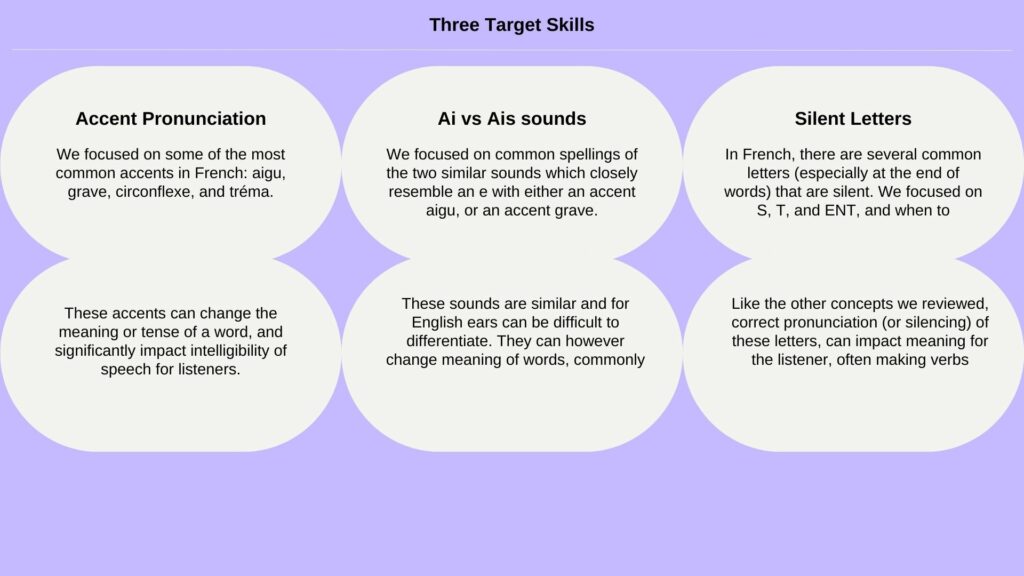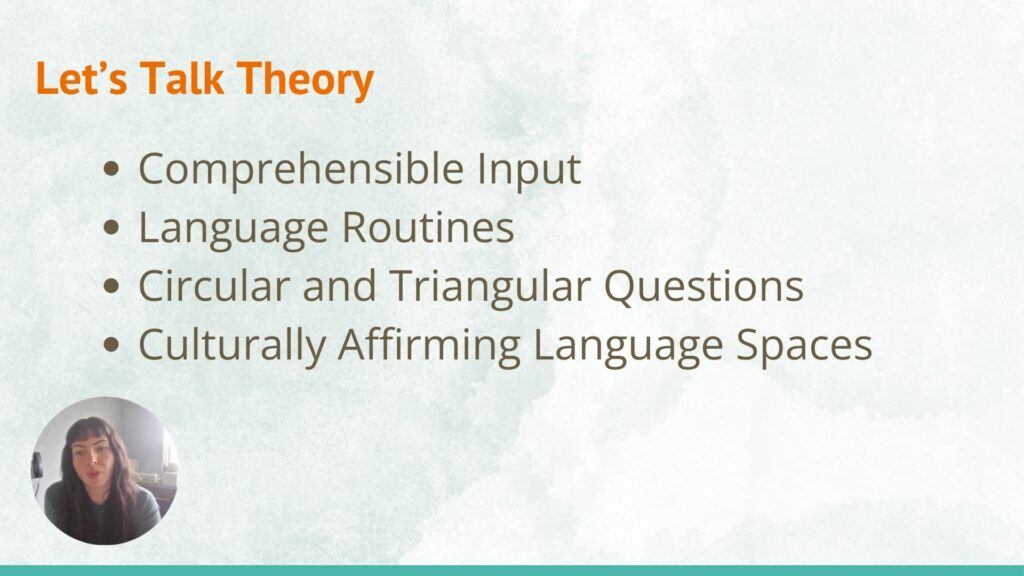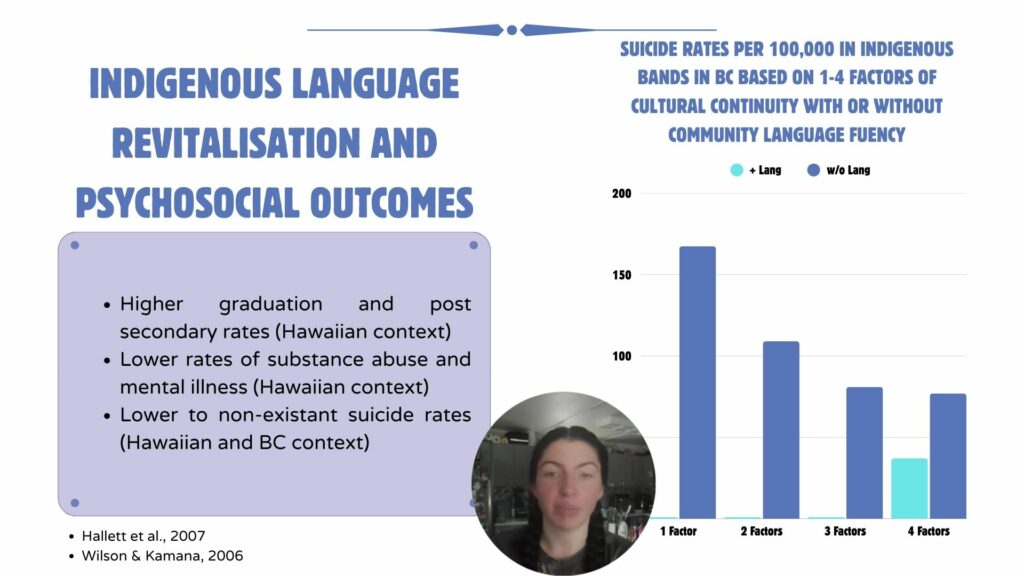The DIER and DIEW models as they relate to Attentional Control
Introduction
The simple view of reading is a seemingly straightforward, validated, and utilitarian way of understanding what is required to achieve reading success (Protopapas Et al., 2012). In isolation it helps us to understand some of the key components for learning to read. These are divided into two main categories – word recognition (which requires phonological awareness, orthographic mapping, and decoding as component skills), and language comprehension (which is considerably more nebulous but requires at minimum background knowledge, vocabulary, language structure, verbal reasoning, and literacy knowledge). However, as reading research continues, it has become clear that there are relationships between these factors, as well as other variables external to these, that are at play when it comes to reading success. It is from this breadth of research that the DIER, or Direct and Indirect Effects model of Reading, was derived (Kim, 2020). This model seeks to account for the relationships between a variety of factors that impact reading success including those described in the simple view of reading, as well as executive functioning skills, socioemotional state, and theory of mind.
The establishment of these additional factors as being primarily indirect mediators of reading success has led to subsequent research that connects literacy difficulties to difficulties with attentional control specifically. These difficulties in sustaining attention are often seen in people who have adhd, as well as those who have experienced substantial trauma, and autistic people, as described in the Diagnostic and Statistical Manual of Mental Disorders (5th ed.; DSM–5; American Psychiatric Association, 2013). As such, it is of interest to both researchers and practitioners of literacy instruction and intervention to understand the role of attentional control as both a variable in the broader understanding of literacy success.
The DIER model is increasingly well supported by strong data and is unique in its ability to consider variables directly and indirectly but also as possibly hierarchical, dynamic, and/or interactional (Kim, 2020). This positions the DIER model as a perfect framework for understanding how attentional difficulties may impact student reading progress over time. As such, I have chosen to outline in this brief the current research on DIER (as well as its counterpart in the world of writing DIEW), as it relates to attentional control.
Article 1: Toward Integrative Reading Science: The Direct and Indirect Effects Model of Reading
In a study of 200 first grade students in South Korea, Kim seeks to solidify her previous tentative DIER model, using multivariate analysis to understand the relationships between a broad variety of factors that have been found to impact students in the process of learning to read (Kim, 2020). This body of knowledge comes from a wide variety of disciplines including school psychology, neuroscience, speech language pathology, linguistics, clinical psychology, and pedagogical studies. As such, the relationship between these variables had not previously been well studied as these fields were often operating independently. In addition to considering the well established strands proposed in the simple view of reading (as described in the introduction above), the DIER model adds questions around perspective taking, executive functioning, attentional control, and socioemotions. For the purposes of this brief, these later variables were the impetus for considering how DIER may present a way of understanding reading difficulties in students who also have adhd and other conditions that impact executive functioning alongside other cognitive and emotional skills.
Ultimately, the study further validated the importance of the skills described in the simple view of reading, with moderate direct effects seen as a result of text reading fluency, word reading, vocabulary, listening comprehension, and grammatical knowledge. Of interest, statistically significant mild or moderate effects were also seen as a result of working memory, theory of mind, and higher order cognition skills including attentional control. Additionally some of these relationships were found to be hierarchical, for instance with word reading being a strong and direct factor in successful reading fluency, while other relationships were found to be interactional with the impact of one skill impacting another and vice versa (this is, for example, the case with theory of mind and listening comprehension). Most language and cognitive skills were found to not be directly related to strong reading comprehension, however indirect effects were common. By way of example, working memory was found to be predictive of vocabulary and general knowledge (which are in turn important component skills of reading comprehension).
This research is a strong initial confirmation of DIER as a framework for understanding the breadth of variables that impact reading. The primary strengths of this article lie in the large initial sample of 200 students, the expansive and well validated foundational research of many other fields that underlie the proposed model, and the diligent multivariate statistical analysis in use that attempts to take into account a wide variety of potential impacts each variable might have as either proximal or distal factors in the big picture of how students learn to read. There are some weaknesses, which are well acknowledged in the article. Of note, the population studied was quite homogenous, with the majority of the students being middle class or low middle class. Additionally, the research was conducted with Korean speaking students – it is suggested however that while the strength of various variables may be different due to linguistic and orthographic differences, it is unlikely that these differences would be sufficient to invalidate the presence of any of the statistically significant factors found in the study.
Given the established factors and the well developed cross-disciplinary research underlying the DIER model, this paper successfully establishes DIER as an excellent framework for further exploration of reading success and its many variables. In particular, as mentioned before, the inclusion of higher level cognitive processes and socioemotional status as contributing factors in the process of literacy acquisition makes this model exceptionally useful for understanding literacy with regards to divergent neurotypes that are impacted by differences and deficits in attentional control. As such, this area warrants further research to better describe how these direct and indirect effects may be affecting these learners. Additionally, DIER is a successful framework however future research might be well positioned to explore how this framework might be applied to instructional strategies and interventions that account for the wide expanse of contributing factors identified and described in DIER.
Article 2: Contributions of attentional control, hyperactivity-impulsivity, and reading skills to performance on a fourth-grade state writing test
Per the Direct and Indirect model of Reading established above, executive functioning, attentional control, and socioemotion, are moderate predictors of reading success as indirect (distal) factors on the primary mechanisms required for successful literacy. This paper builds upon the DIER model by specifically considering how attentional control and hyperactivity-impulsivity (as seen for example in people with adhd) may be related to reading skills as well as what directionality those relationships might take, offering “The hypothesized mechanism is that attentional control directly impacts word reading during foundational academic years and that it indirectly impacts subsequent reading comprehension via word reading abilities.” The study additionally considers potential impact on writing skills, in particular hypothesizing that, “the long-term impact of attentional control on writing may be indirect via language and literacy mediators.”(Reid Et al., 2023)
This research made use of prior data collected with over 400 fourth grade students, adding additionally to the body of knowledge on reading success by considering students in their middle to late elementary years. This is in contrast to the bulk of reading research which is often focused on the primary years. Researchers specifically asked the following questions: “1. What is the contribution of attentional control to word reading, reading comprehension, and overall writing? 2. What is the contribution of hyperactivity-impulsivity to word reading, reading comprehension, and overall writing? 3. How does word reading relate to reading comprehension and overall writing? And 4. How does reading comprehension relate to overall writing?”
Results showed that attentional control is strongly related to word level reading, overall reading comprehension, and a range of writing skills. Hyperactive-impulsivity is not independently predictive of these skills. This is notable for its pedagogical implications given that students who struggle with attention deficits are often overlooked in contrast to their peers who have hyperactive or impulsive behaviors that may present as more externally disruptive. Despite the more subtle external presentation of attention deficits, it is important to understand the results of the analysis in this paper as they relate to potential literacy difficulties that could impact students across the lifespan.
The sample size of 419 in this study is a relative strength as it establishes a strong basis for meaningful statistical analysis. The sample included considerable diversity of ethnicity and socioeconomic status but was limited to urban and near urban settings which is in turn a relative weakness. An additional limitation to note is that the SWAN measure (used to assess attentional control and hyperactivity-impulsivity) was administered by a single teacher of each student, with interrater reliability not commented on though this is a previously well validated measure.
From the outcomes described in this article and given what we know about supportive strategies for attentional control in students with ADHD (and potentially other mental health or developmental conditions that impact attentional control), further research may be warranted into how literacy instruction may be improved by both universal design principles and targeted intervention to improve attentional control and increase the success of students as they learn to read and write.
Article 3: Executive Functions and Morphological Awareness Explain the Shared Variance between Word Reading and Listening Comprehension
Amidst the growing body of research supporting DIER as a way of understanding reading, an interesting find emerged that complicates the simple view of reading’s silo between language comprehension and word recognition – word reading and listening comprehension are not independent but related – so what explains the relationship between the two? In this article, Kim explores the role of executive functions as they relate to the acquisition of both essential elements of literacy acquisition (2023). The primary question offered here is whether executive functions and emergent literacy skills predict shared variance between word reading and listening comprehension. This article is thus relevant to the broader context of this brief as attentional control, working memory, and morphological knowledge are proposed as the primary mediating variables. And as previously noted, attentional control and working memory are both known to be impaired in students with ADHD or other conditions such as trauma or autism related sensory processing issues.
The outcome of this study of 372 English speaking first grade students was such that the relationship between word reading and listening comprehension are understood to be entirely mediated by the component skills of word reading, in particular morphology, in combination with executive functioning skills – specifically attentional control and working memory. This confirms the premise of the research, that executive functions are key to early acquisition of requisite early language and literacy skills that lead to successful reading.
This study, like the one above, had its greatest strength in its overall diversity with good gender parity, reasonable diversity of ethnic background (The majority were White children (60%) and African American children (26%) while the rest were composed of 6% multiracial children, 6% Hispanic children, and 2% Asian American children), diverse socioeconomic backgrounds, and over and above the previous article this research also included a broader variety of settings including urban and semirural areas. Some limitations were however present, including an early elementary sample group that may not provide much insight into impacts beyond the primary years, and a data set with substantially missing information (orthographic pattern recognition – 29% of the data for this set was missing and it was found in statistical analysis to not be a random absence).
Despite these relatively mild limitations, this article adds substantially to the body of evidence supporting the indirect impacts of executive functions, in particular attentional control, on successful reading progress. This invites further educational research on how we might improve outcomes for neurodivergent students who struggle with attentional control and working memory when it comes to the base reading skills outlined in the simple view of reading.
Implications for Practice and Further Learning
DIER (and its companion model, DIEW) offers a nuanced way of understanding the broad range of variables that impact literacy acquisition, which is a much needed and helpful addition to the current body of science with regards to reading. In particular, the field of reading research benefits from the DIER model’s affirmation of the utility of the simple view of reading that acknowledges the relationships between key component skills of literacy, as well as distal factors that have an indirect effect on reading (and writing) skills. In particular, I am interested in the impacts of attentional control on literacy as it relates to students with attention deficits in the secondary school years (as this is my area of practice). The outlined research here is a useful addition to my understanding of how attention impacts literacy and these papers have created a variety of questions around further research and praxis in the area of literacy instruction and intervention with students.
The initial questions that will guide my next steps in professional learning and practice are as follows: 1. What instructional strategies and interventions might impact the effects of attentional deficits and other socioemotional and executive function difficulties for struggling readers at the secondary level? 2. How might literacy instruction specifically be informed by universal design to improve outcomes for students with adhd and other difficulties with attentional control? and 3. How can reading comprehension be improved at the secondary level for students whose literacy skills have long been impacted across the spectrum of component skills as a result of executive dysfunctions?
Additionally, I look forward to collaborating with colleagues to share the emerging research on DIER and DIEW more generally. In particular, it is noted that at the older grade levels writing skills are substantially more impacted by reading comprehension than word reading. I look forward to sharing this and implementing it by increasing instruction that supports reading comprehension in tandem with subject level writing instruction. I was also struck by the impacts of attention, working memory, and general executive function with regards to both reading and writing. I am hopeful that in better creating environments and instructional strategies that are conducive to improvements in attention, we may be able to support an increase in writing success amongst our secondary students. Broadly, I intend to apply this knowledge of the expanse of both direct and indirect effects on literacy by structuring my secondary level literacy instruction to be informed not just by the simple view of reading (which remains useful and valid) but also the distal variables that have a meaningful yet indirect effect on the success of students with regards to literacy skills.
References
American Psychiatric Association. (2013). Diagnostic and statistical manual of mental disorders (5th ed.). https://doi.org/10.1176/appi.books.9780890425596
Kim, Y.-S. G. (2020). Toward Integrative Reading Science: The Direct and Indirect Effects Model of Reading. Journal of Learning Disabilities, 53(6), 469-491. https://doi-org.ezproxy.viu.ca/10.1177/0022219420908239
Kim, Y. S. G. (2023). Executive Functions and Morphological Awareness Explain the Shared Variance between Word Reading and Listening Comprehension. Scientific Studies of Reading, 27(5), 451–474. https://doi.org/10.1080/10888438.2023.2195112
Protopapas, A., Simos, P. G., Sideridis, G. D., & Mouzaki, A. (2012). The Components of the Simple View of Reading: A Confirmatory Factor Analysis. Reading Psychology, 33(3), 217–240. https://doi-org.ezproxy.viu.ca/10.1080/02702711.2010.507626
Reid, E.K, Ahmed, Y., Keller-Margulis, M.A. (2023). Contributions of attentional control, hyperactivity-impulsivity, and reading skills to performance on a fourth-grade state writing test. Journal of School Psychology, 99. https://doi-org.ezproxy.viu.ca/10.1177/0022219420908239


